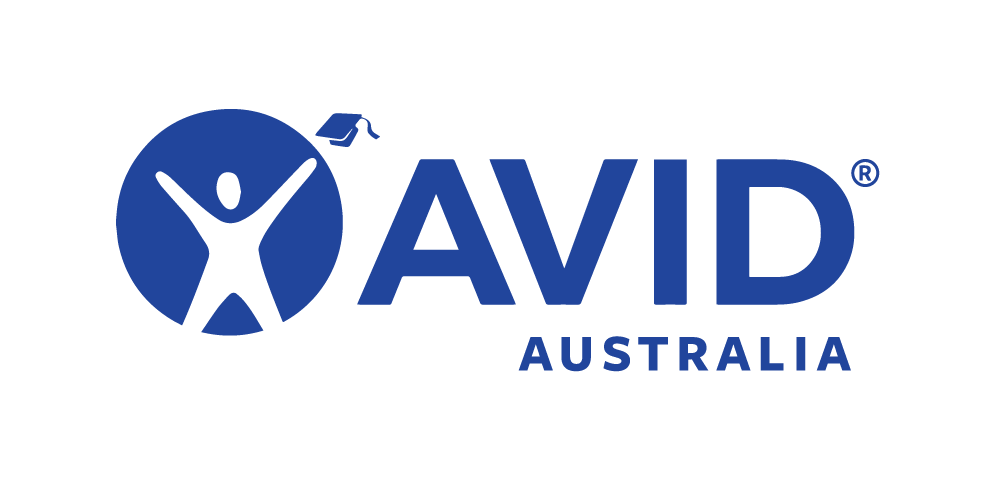Mathematics Methods is an ATAR course which focuses on the use of calculus and statistical analysis. The study of calculus provides a basis for understanding rates of change in the physical world, and includes the use of functions, their derivatives and integrals, in modelling physical processes. The study of statistics develops students’ ability to describe and analyse phenomena that involve uncertainty and variation.
Also, as this is one of the harder ATAR courses there is a 10% bonus. Ten per cent of the final scaled score/s in Mathematics Methods and Mathematics Specialist will be added to the Tertiary Entrance Aggregate, from which the Australian Tertiary Admission Rank (ATAR) is derived. (This is how the current bonus for studies in Languages Other Than English (LOTE) is awarded.)
For Example: If a student gets 61.7% scaled score for Mathematics Methods, then 6.1 will be added to their scores making their score for this subject 67.8%.
Prerequisites:
Minimum is C grade in Year 11 Mathematics Methods.
Syllabus:
The Year 12 syllabus is divided into two units, each of one semester duration, which are typically delivered as a pair. The notional time for each unit is 55 class contact hours.
Unit 3
Unit 3 contains the three topics:
3.1 Further differentiation and applications
3.2 Integrals
3.3 Discrete random variables
The study of calculus continues by introducing the derivatives of exponential and trigonometric functions and their applications, as well as some basic differentiation techniques and the concept of a second derivative, its meaning and applications. The aim is to demonstrate to students the beauty and power of calculus and the breadth of its applications. The unit includes integration, both as a process that reverses differentiation and as a way of calculating areas. The fundamental theorem of calculus as a link between differentiation and integration is emphasised. Discrete random variables are introduced, together with their uses in modelling random processes involving chance and variation. The purpose here is to develop a framework for statistical inference.
Unit 4
Unit 4 contains the three topics:
4.1 The logarithmic function
4.2 Continuous random variables and the normal distribution
4.3 Interval estimates for proportions
The logarithmic function and its derivative are studied. Continuous random variables are introduced and their applications examined. Probabilities associated with continuous distributions are calculated using definite integrals. In this unit, students are introduced to one of the most important parts of statistics, namely, statistical inference, where the goal is to estimate an unknown parameter associated with a population using a sample of that population. In this unit, inference is restricted to estimating proportions in two-outcome populations. Students will already be familiar with many examples of these types of populations.
Assessments:
Response: 40%.
Investigation: 20%.
Examination: 40%
More Information:
For further information regarding this course click here.












